Wearable technology is no longer about just counting steps. In 2025, brain-focused gadgets are stepping into the spotlight blending neuroscience, smart design, and wellness coaching. These devices don’t just track your health; they actively help improve sleep, reduce stress, sharpen focus, and support recovery.
The global wearable wellness market continues to expand rapidly. Millions of adults are already using wearables for fitness, sleep, and stress management and the next wave of gadgets is focused on the brain. From EEG-powered neurofeedback to light-and-sound brain stimulation, the future of wearables is about mental clarity as much as physical health.
So what’s worth paying attention to this year? Let’s explore 11 of the most innovative wellness gadgets making waves in 2025.
1. Smart Rings for Effortless Health Tracking
-
Oura Ring 4 ($349) → Tracks sleep, readiness, and recovery with accurate HRV and temperature sensors. Many users say they notice illness earlier thanks to Oura’s temperature deviation alerts.
-
Circular Ring 2 ($380) → Combines PPG and ECG sensors with Kira AI, providing personalised health coaching. Battery life lasts 4–8 days depending on usage.
These rings are sleek, screen-free, and packed with powerful sensors ideal for anyone who wants health insights without a bulky smartwatch.
2. Fitness Bands That Optimise Recovery
-
WHOOP 5.0 → Worn 24/7, this strap measures strain, sleep, and recovery. WHOOP reports members log ~90 more minutes of activity per week compared to non-users.
-
Garmin Vivoactive 6 ($300) → A GPS-enabled smartwatch with Body Battery energy monitoring, helping users train smarter and rest when needed.
Both devices focus on balancing performance with recovery a reminder that wellness is not just about doing more, but also about knowing when to rest. athlete recovery techniques.
3. Neurofeedback Headsets for Sharper Minds
-
Muse S Gen 2 ($399 + subscription) → EEG headband guiding meditation by giving sound feedback when your mind wanders.
-
Sens.ai ($1,500 + subscription) → Premium headset combining neurofeedback and photobiomodulation for focus and mood regulation.
-
Narbis Smart Glasses ($690) → EEG-enabled glasses that tint when your focus slips, clearing when you refocus.
Neurofeedback has been studied for attention and anxiety with promising results, though consistency and user engagement are key for long-term benefits.
4. Brain Stimulation Gadgets Unlocking Potential
This category is where brain wellness feels most futuristic. Instead of only tracking or coaching, these devices actively stimulate the brain to promote relaxation, focus, or creativity.
-
neuroVIZR ($499–599) → A portable brain wellness device using light and sound (audiovisual entrainment) through closed eyes to guide the brain into calm, creative, or sleep-ready states. A 2023 pilot study found 73% of participants fell asleep during an 11-minute session, with most reporting improved mood and focus. neuroVIZR is non-invasive, safe, and rooted in neuroplasticity science designed for anyone looking to explore brain wellness without pills or invasive treatments.
-
Flow Neuroscience ($459) → A tDCS headset paired with an app for depression relief. Some trials show clinically meaningful mood improvements, though outcomes vary.
These devices reflect the growing shift toward direct brain stimulation as a natural path to mental wellness.
Learn more - Morning routines with neurotechnology to boost study focus
5. Sleepbuds and Neuro Headphones for Rest and Rhythm
-
Ozlo Sleepbuds ($299) → Wireless buds designed to mask noise and play soothing sounds for up to 10 hours.
-
Neurable MW75 Neuro Headphones ($699) → EEG-integrated headphones tracking focus levels and prompting breaks when attention drifts.
Sound-based wearables are making rest and focus more immersive combining comfort with brain-aware tracking.
Why 2025 Is the Year of Brain Wellness Wearables
These 11 gadgets highlight how far wearables have evolved. No longer limited to step counts or calorie burn, today’s devices touch on the core of mental and physical wellbeing: sleep, stress, focus, and emotional balance.
Whether it’s a smart ring spotting early health signals, a neurofeedback headset guiding focus, or brain stimulation devices like neuroVIZR offering natural paths to relaxation and clarity, wearable tech in 2025 is making mental fitness more accessible than ever.
The takeaway? Start small, track consistently, and build habits with the help of these tools. The next era of wellness is not just about moving your body it’s about training and nurturing your brain.
References
-
Fortune Business Insights. Wearable Technology Market Report 2024–2032.
-
Pew Research Center. Adoption of Wearables in the U.S., 2019–2022.
-
de Vries H. et al. (2022). Effectiveness of Wearable Activity Trackers: Umbrella Review. Lancet Digital Health.
-
WHOOP Press Center Release (2024). Daily Wear Linked to 90 Extra Minutes of Activity.
-
Garmin. Vivoactive 6 Product Specifications.
-
Escolano C. et al. (2023). Neurofeedback for Attention and Anxiety: Systematic Review. Frontiers in Human Neuroscience.
-
Frontiers in Aging Neuroscience (2023). tPBM and Cognitive Performance in Adults.
-
NASA Technology Transfer. Engagement Index Algorithm Licensed to Narbis.
-
Townsend Letter (2023). Pilot Study on neuroVIZR Sessions.
-
Ren L. et al. (2025). Efficacy of Transcranial Electrical Stimulation in Depression: Meta-analysis. JAMA Network Open.
-
SoundGuys (2024). Ozlo Sleepbuds Review.
-
SoundGuys (2024). MW75 Neuro Headphones Review.

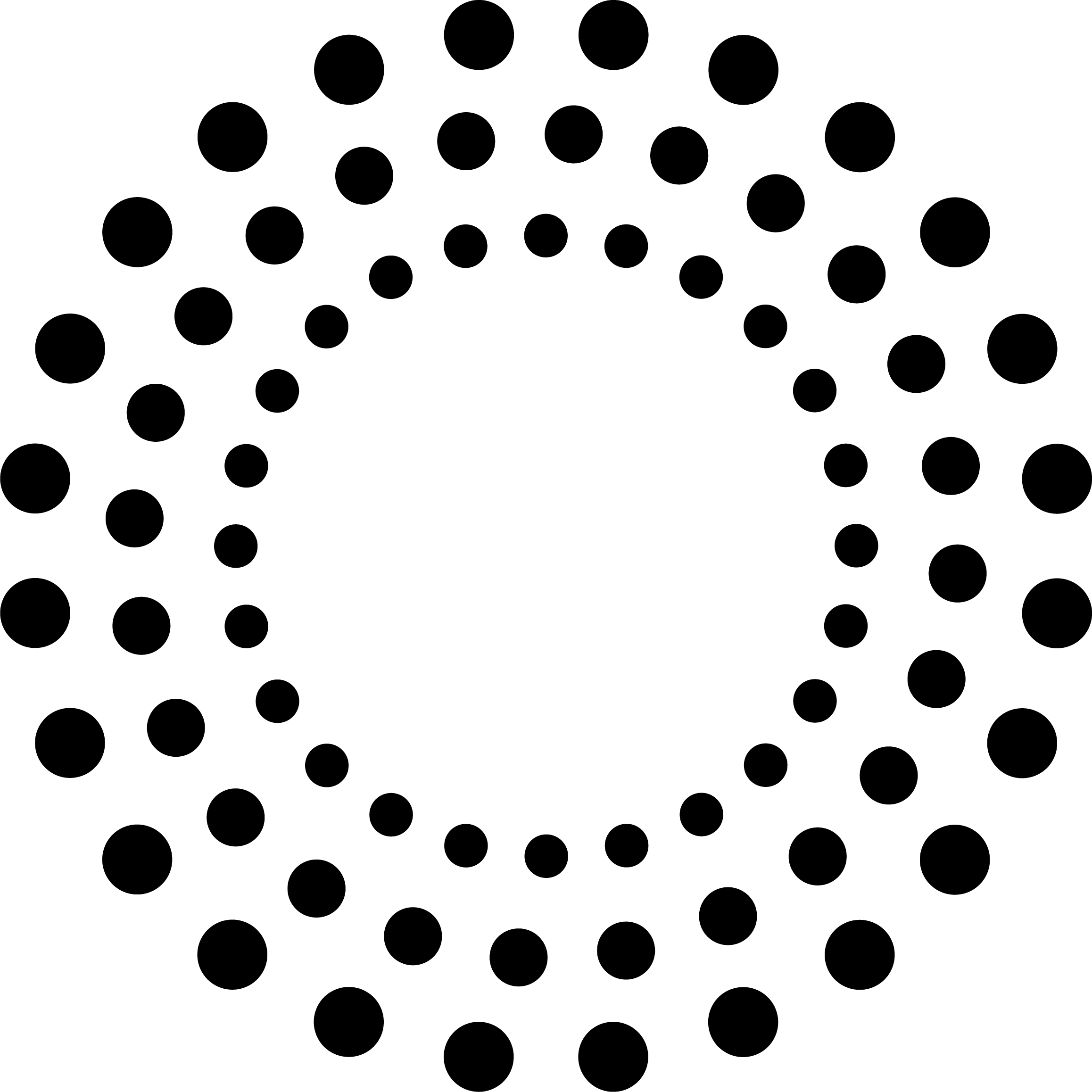

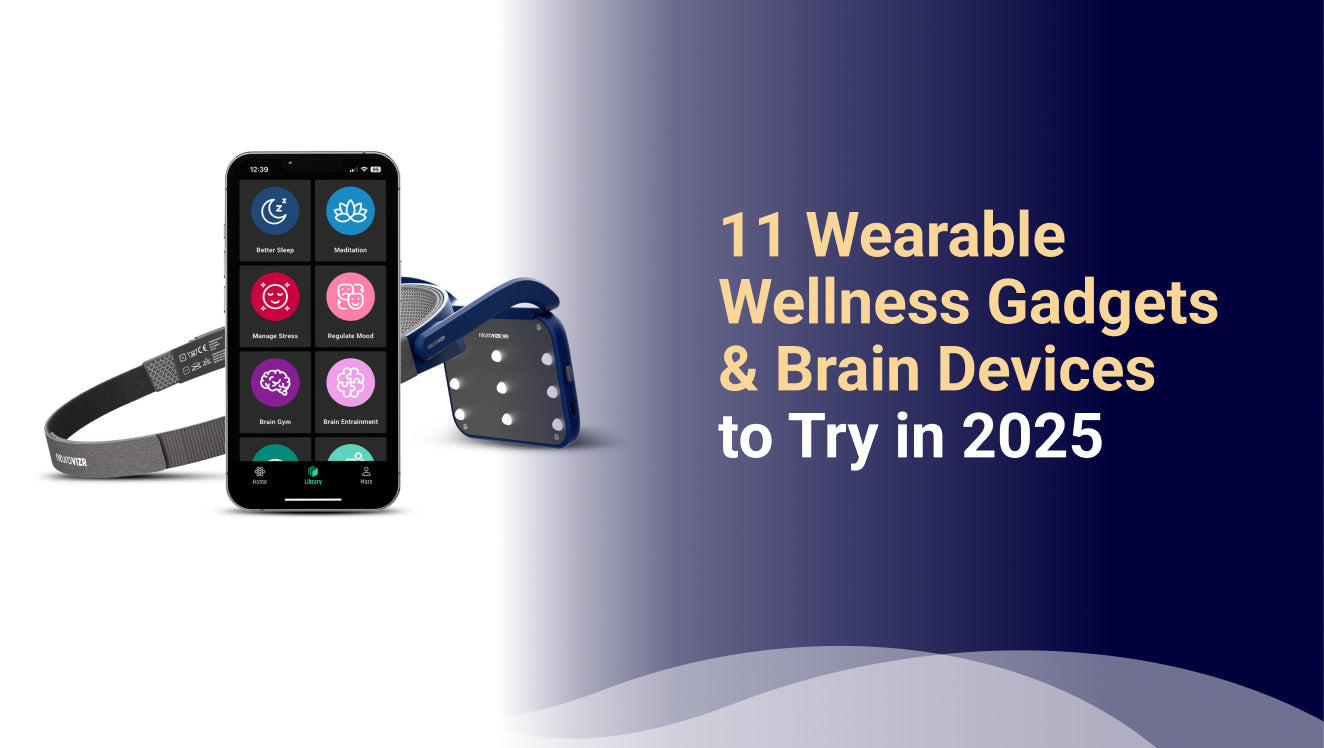

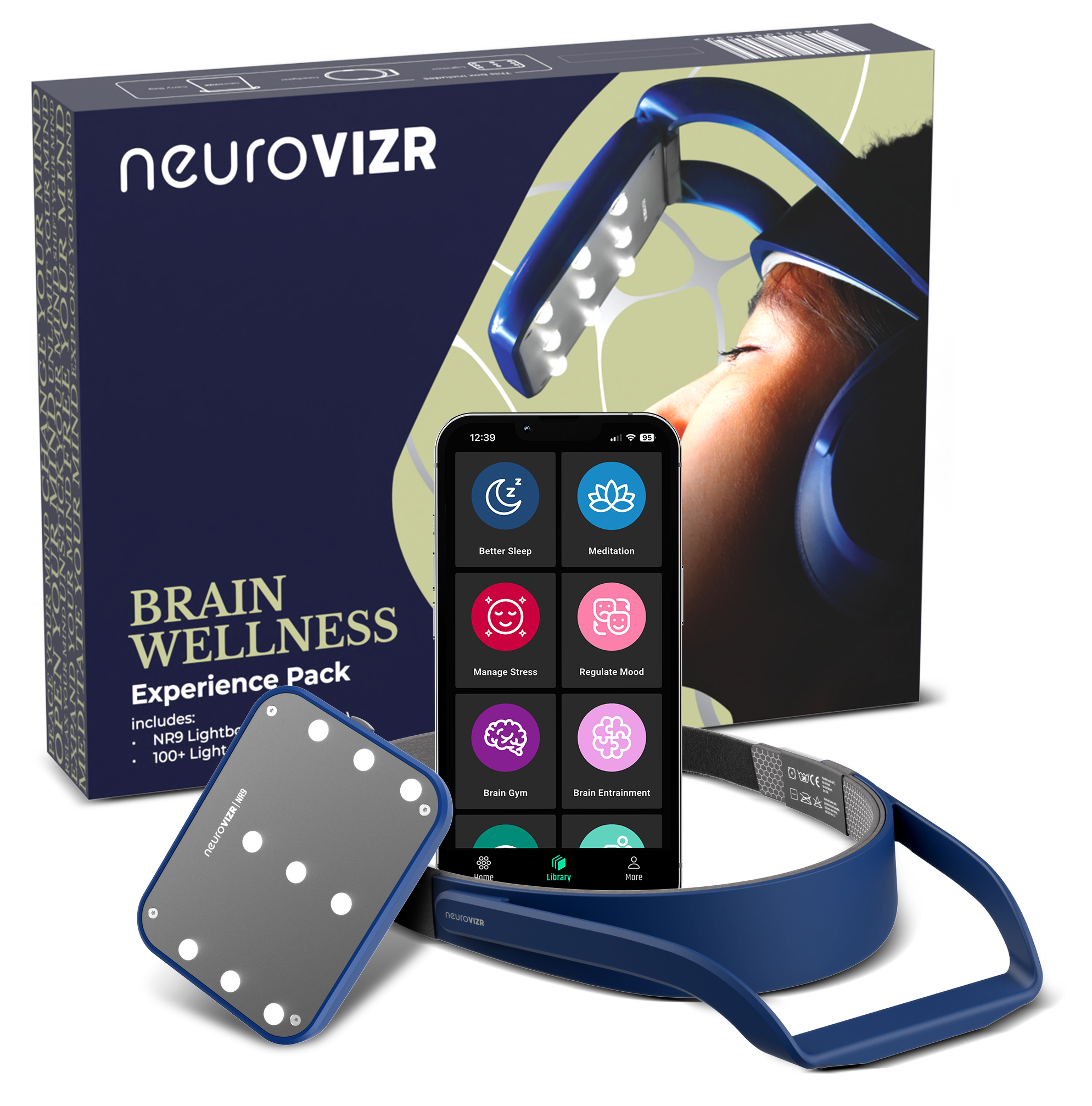

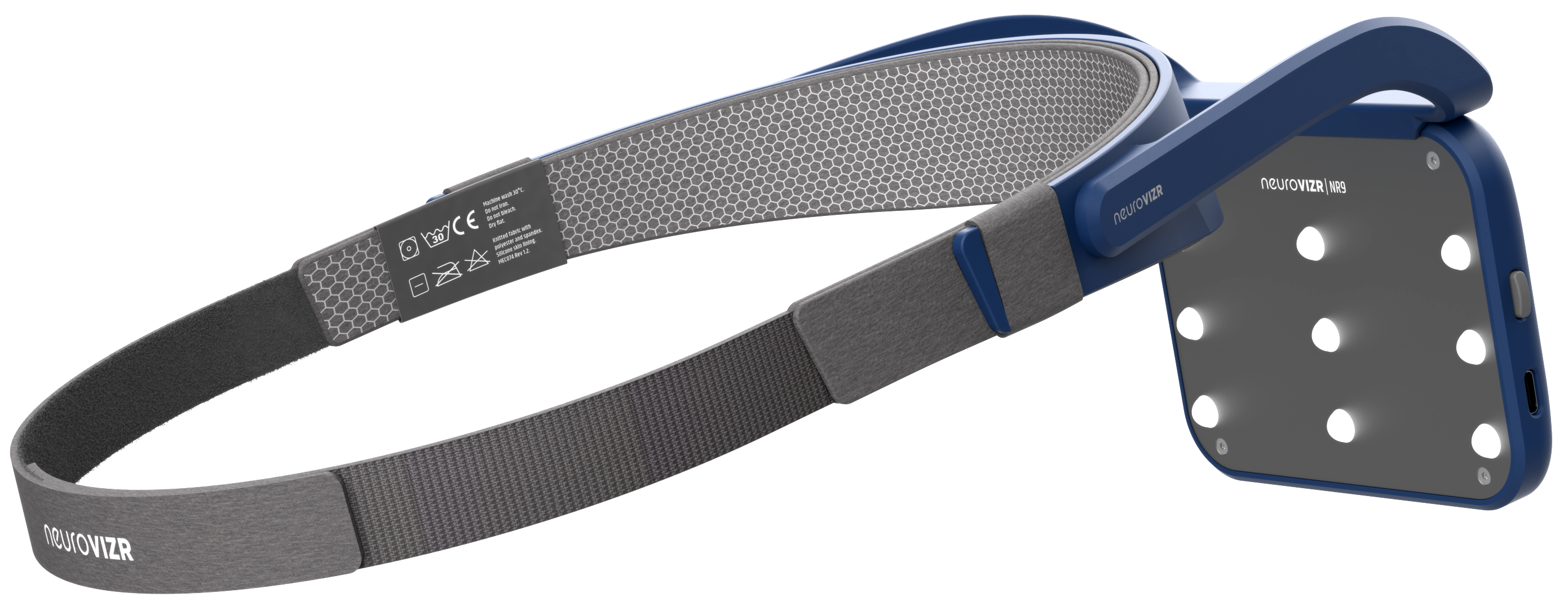
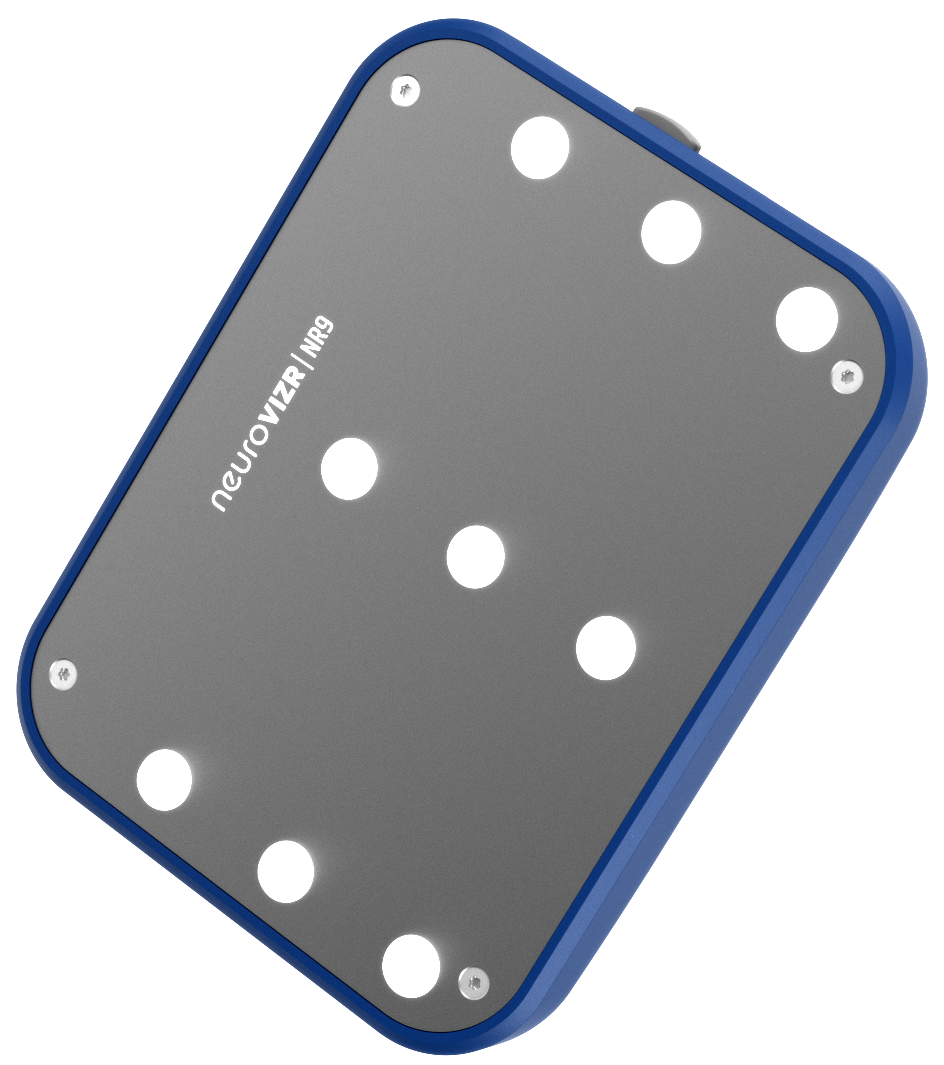
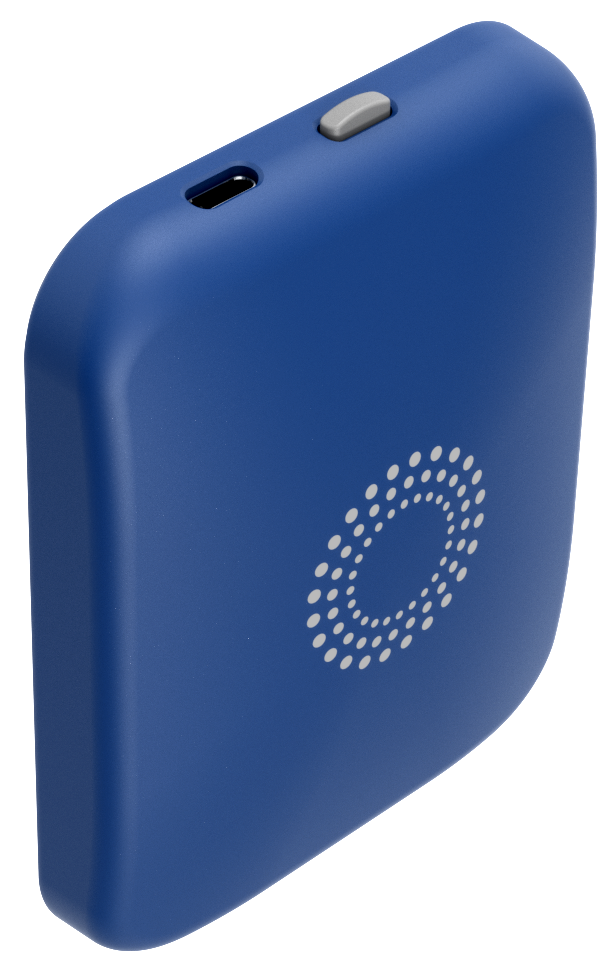
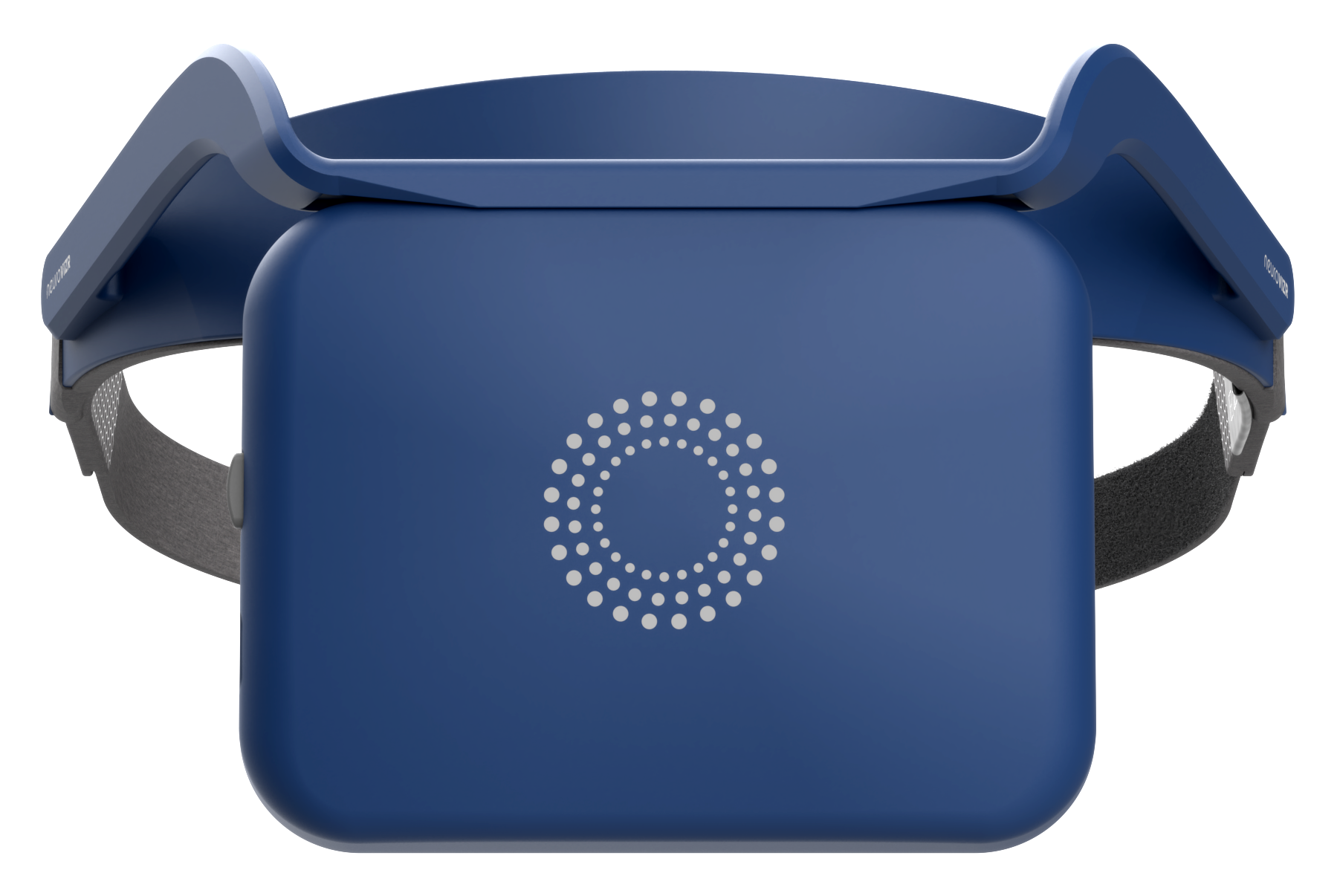
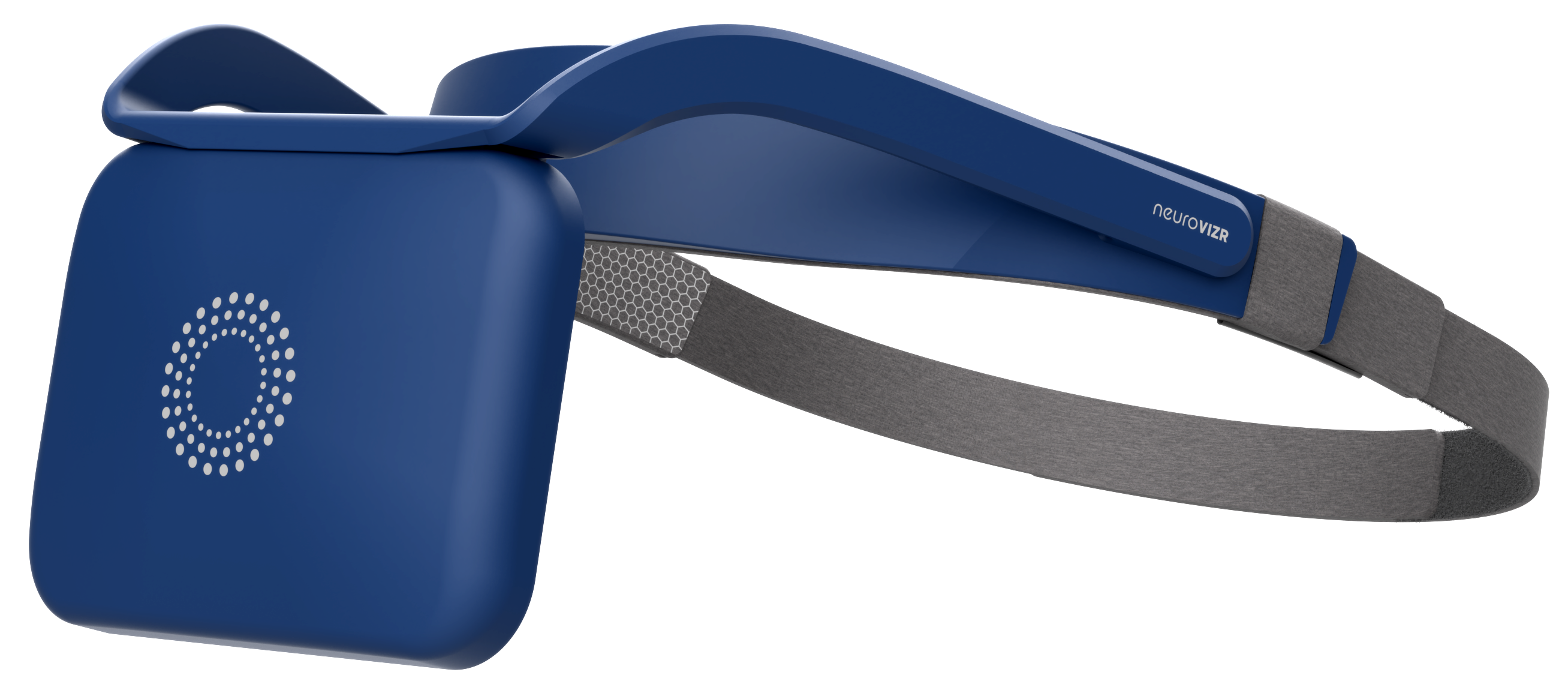
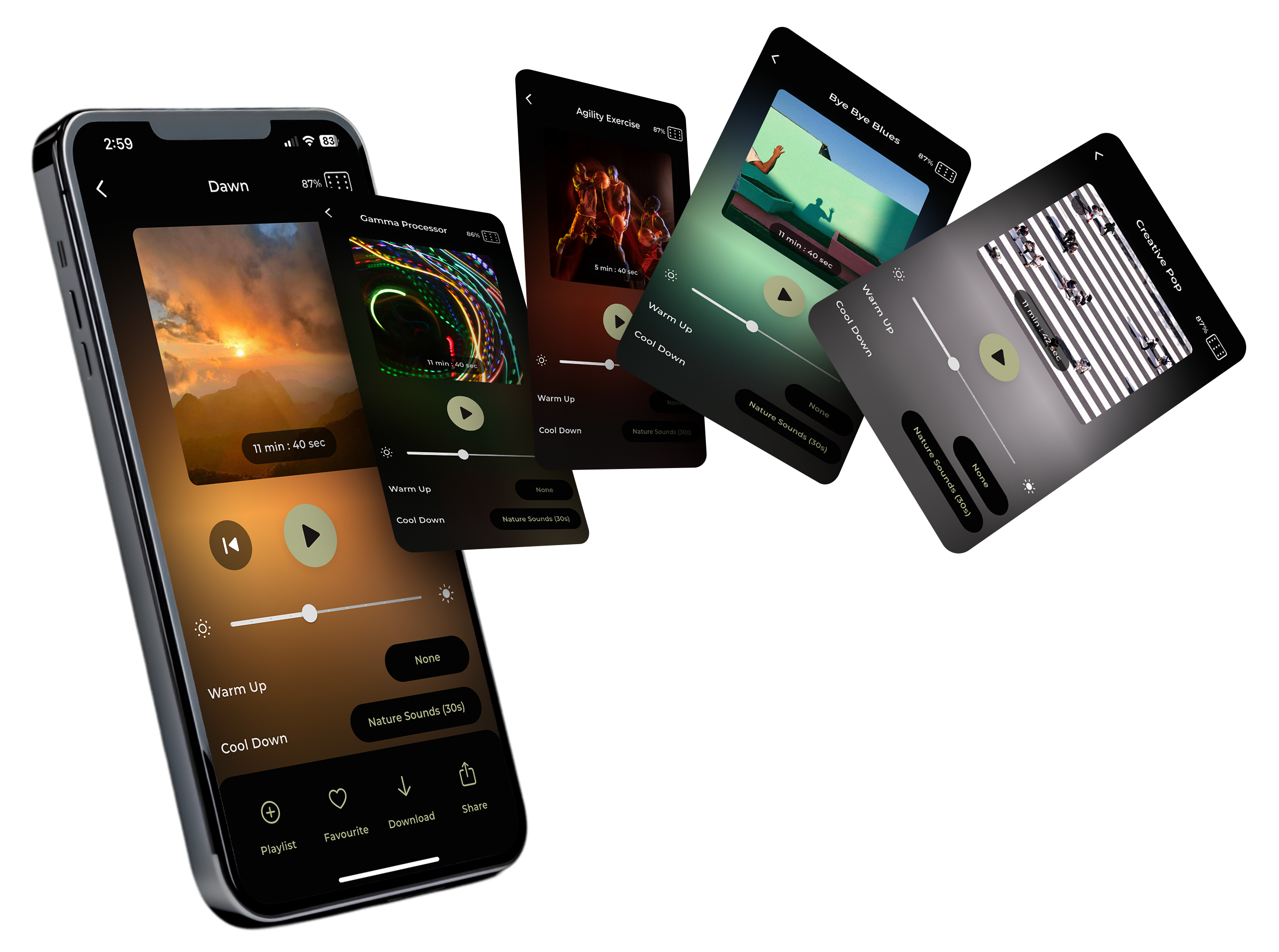
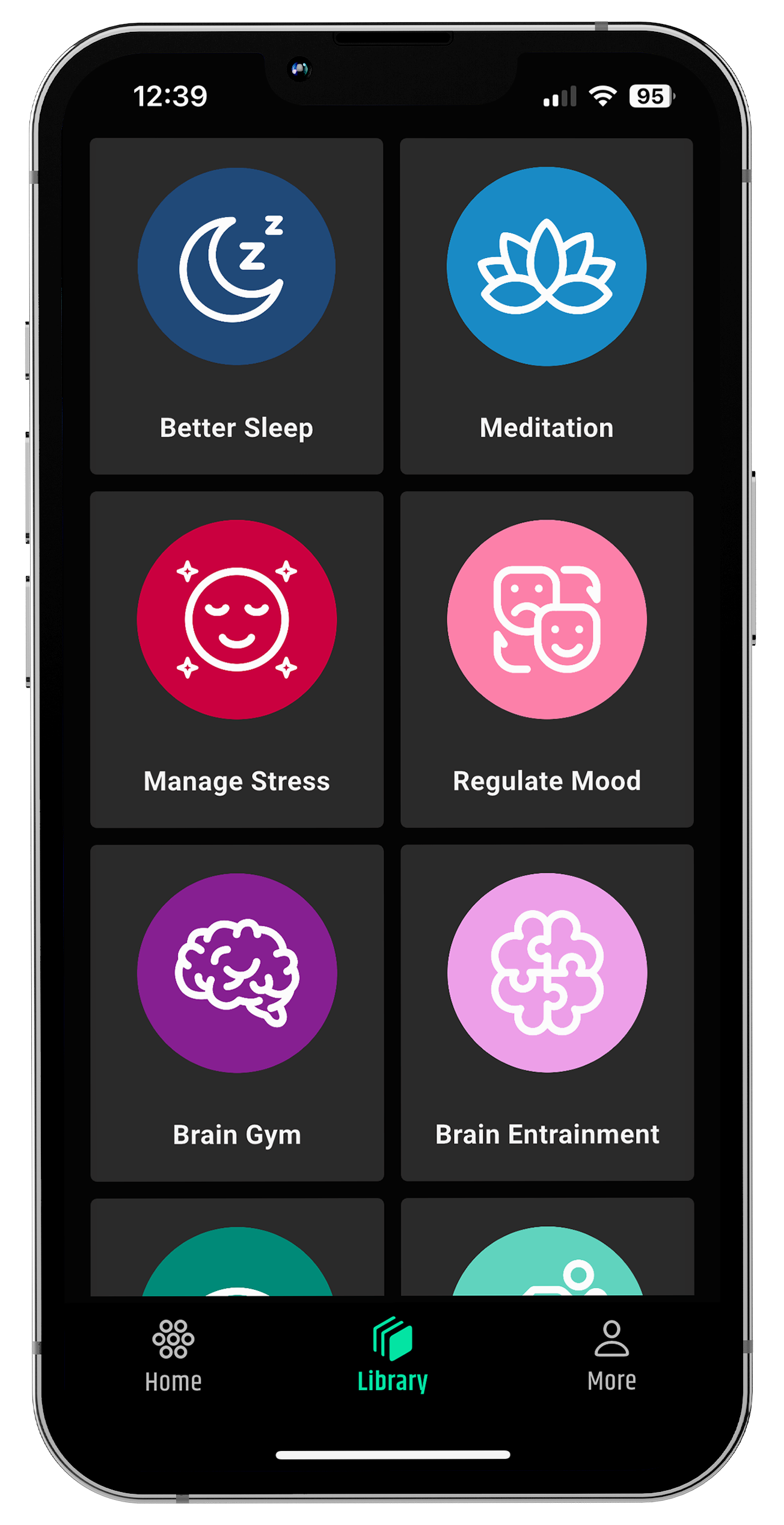
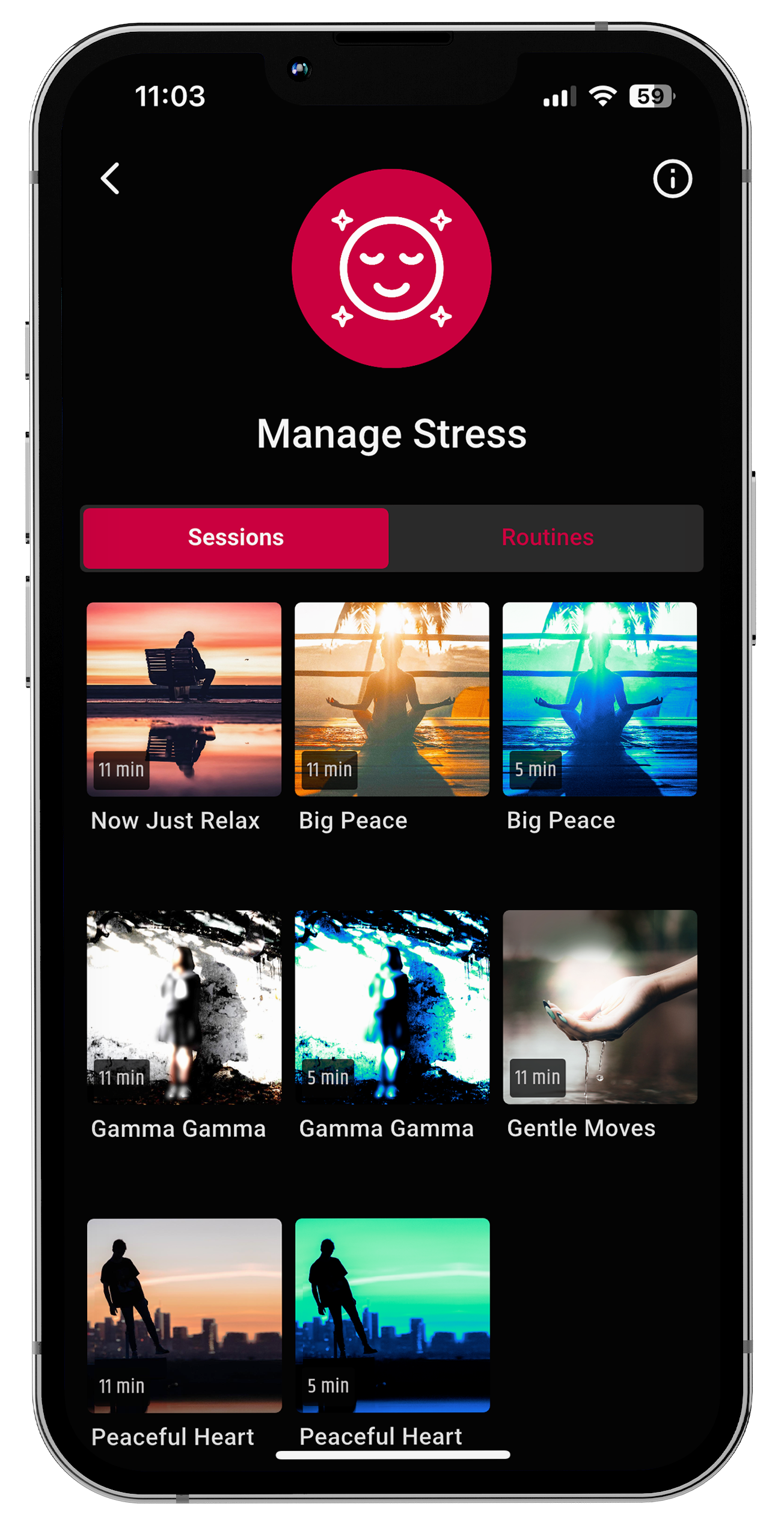
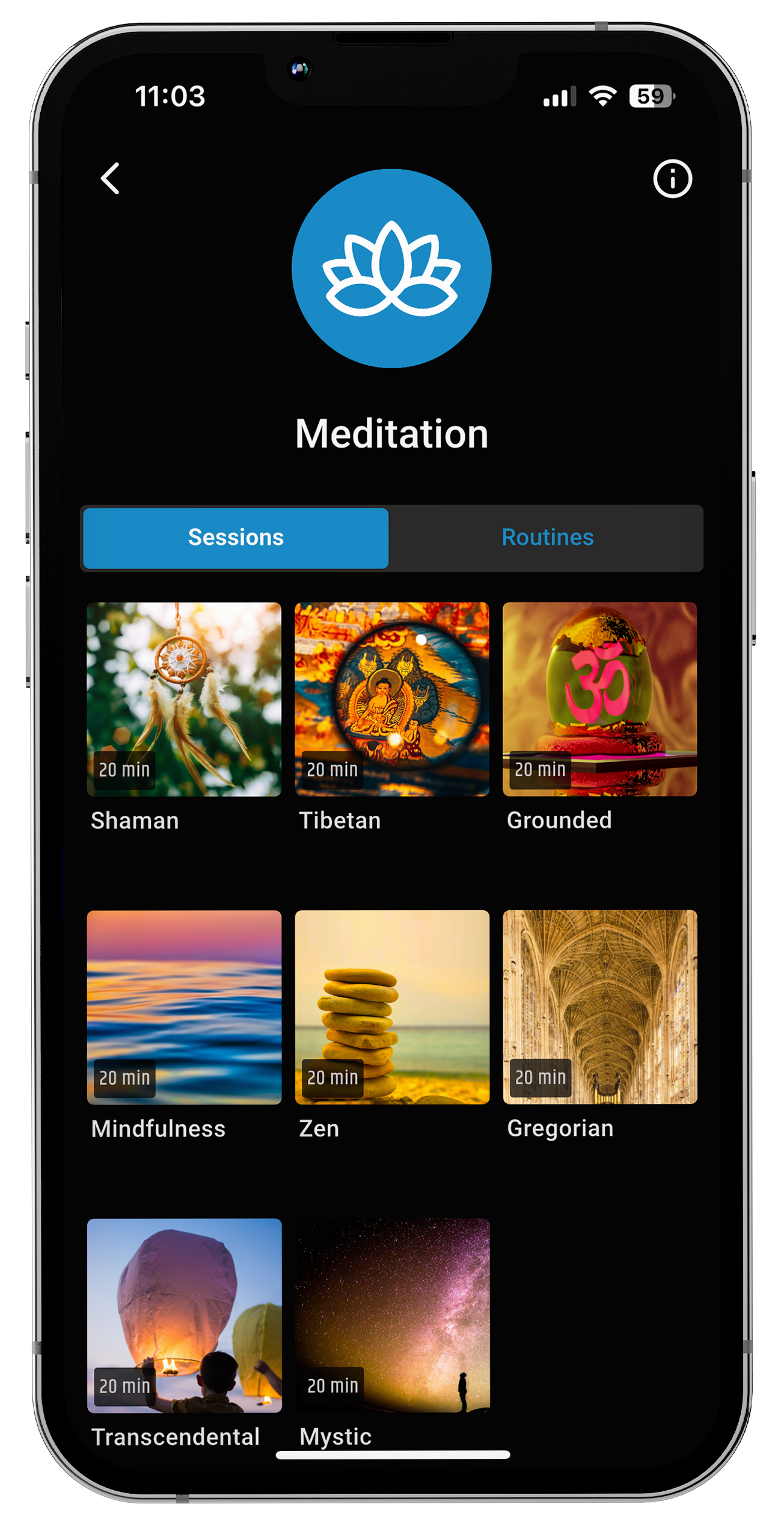
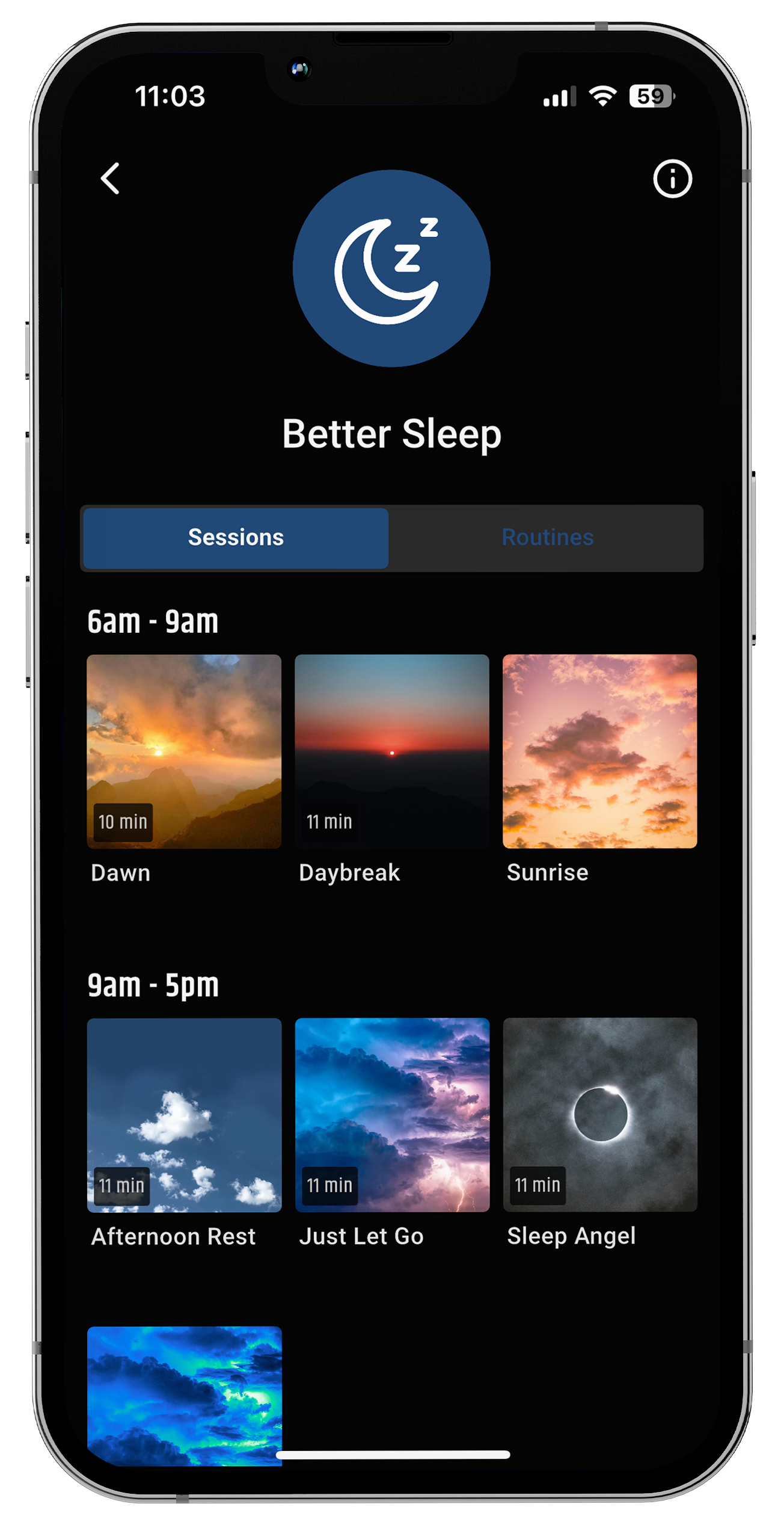
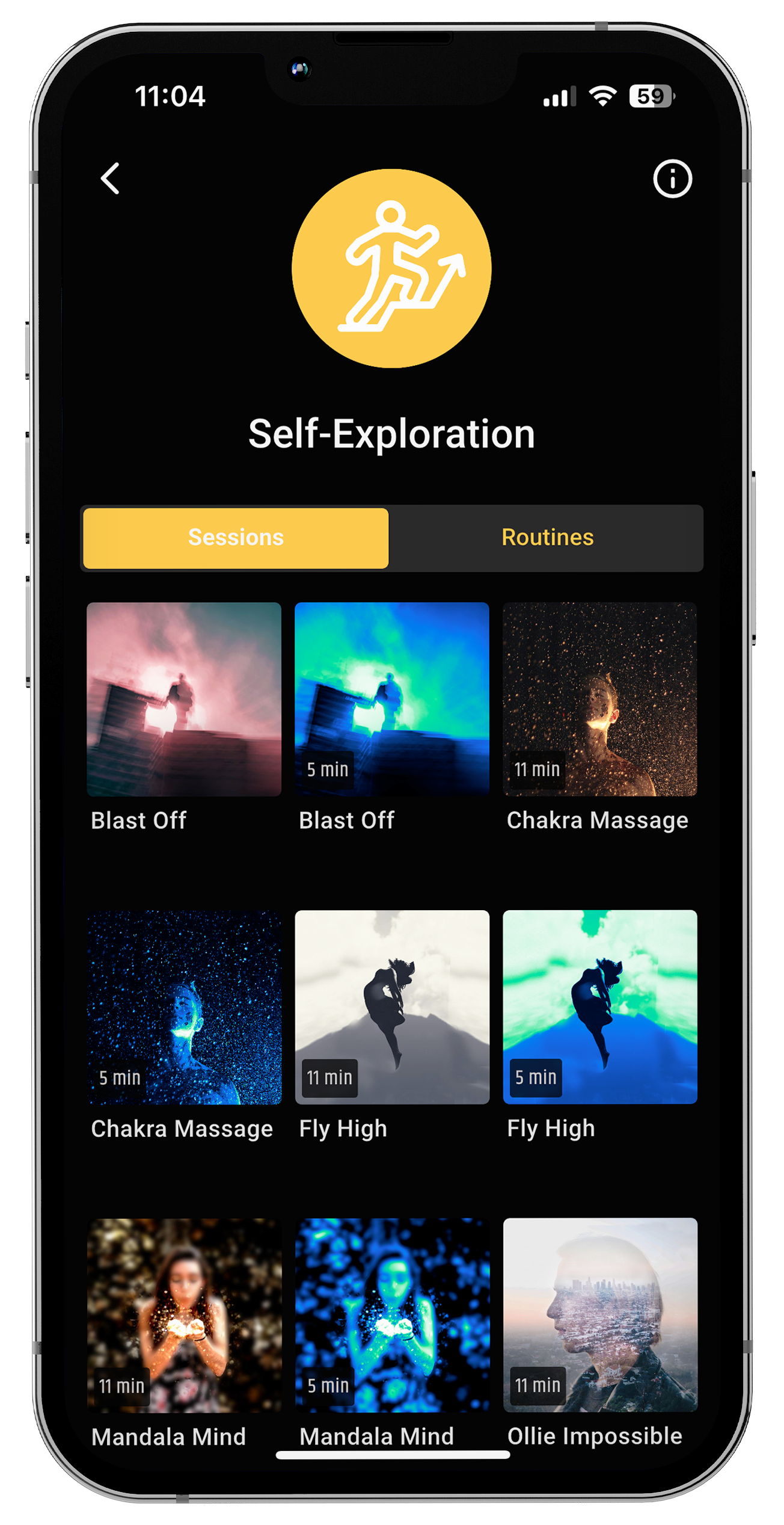
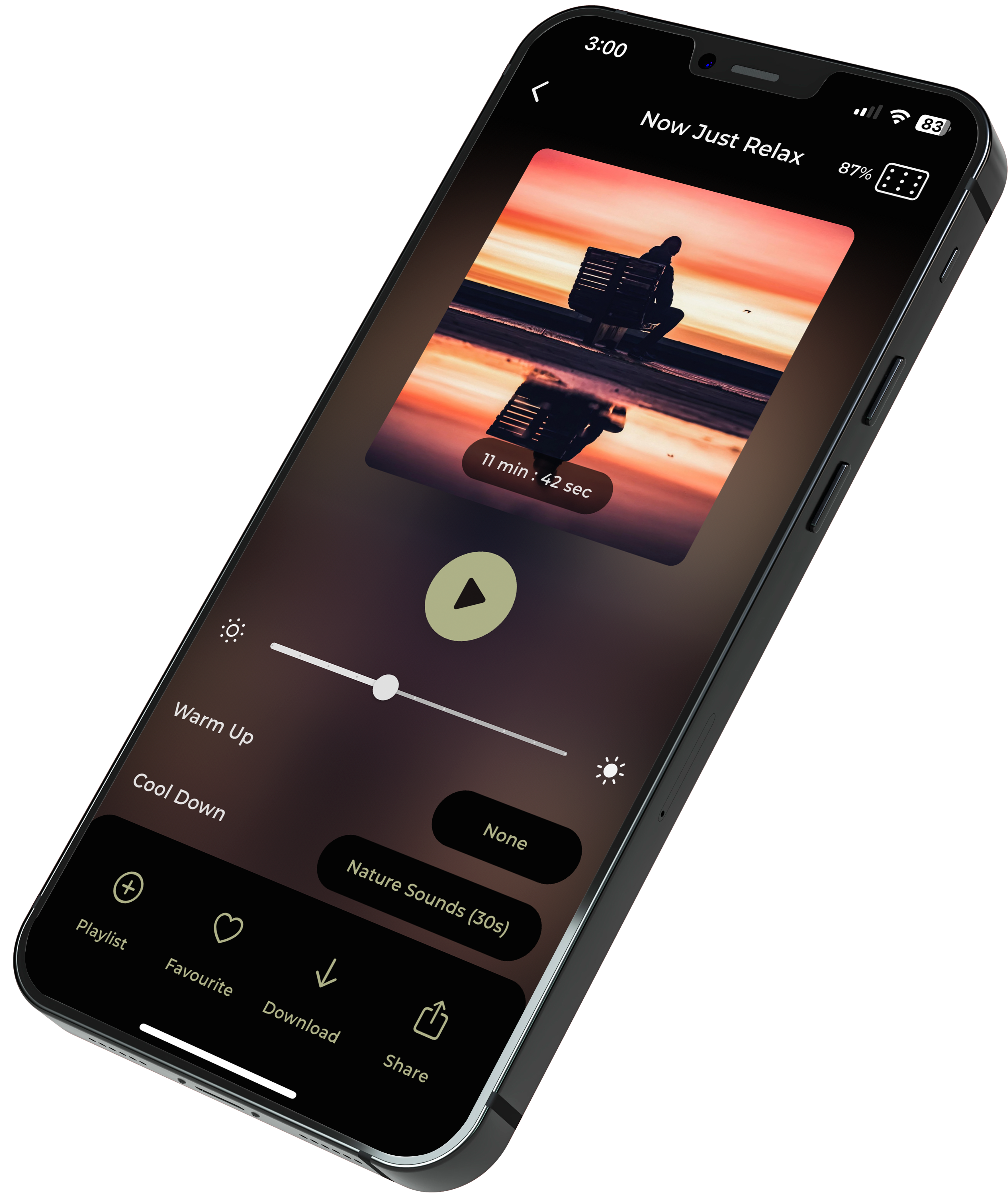


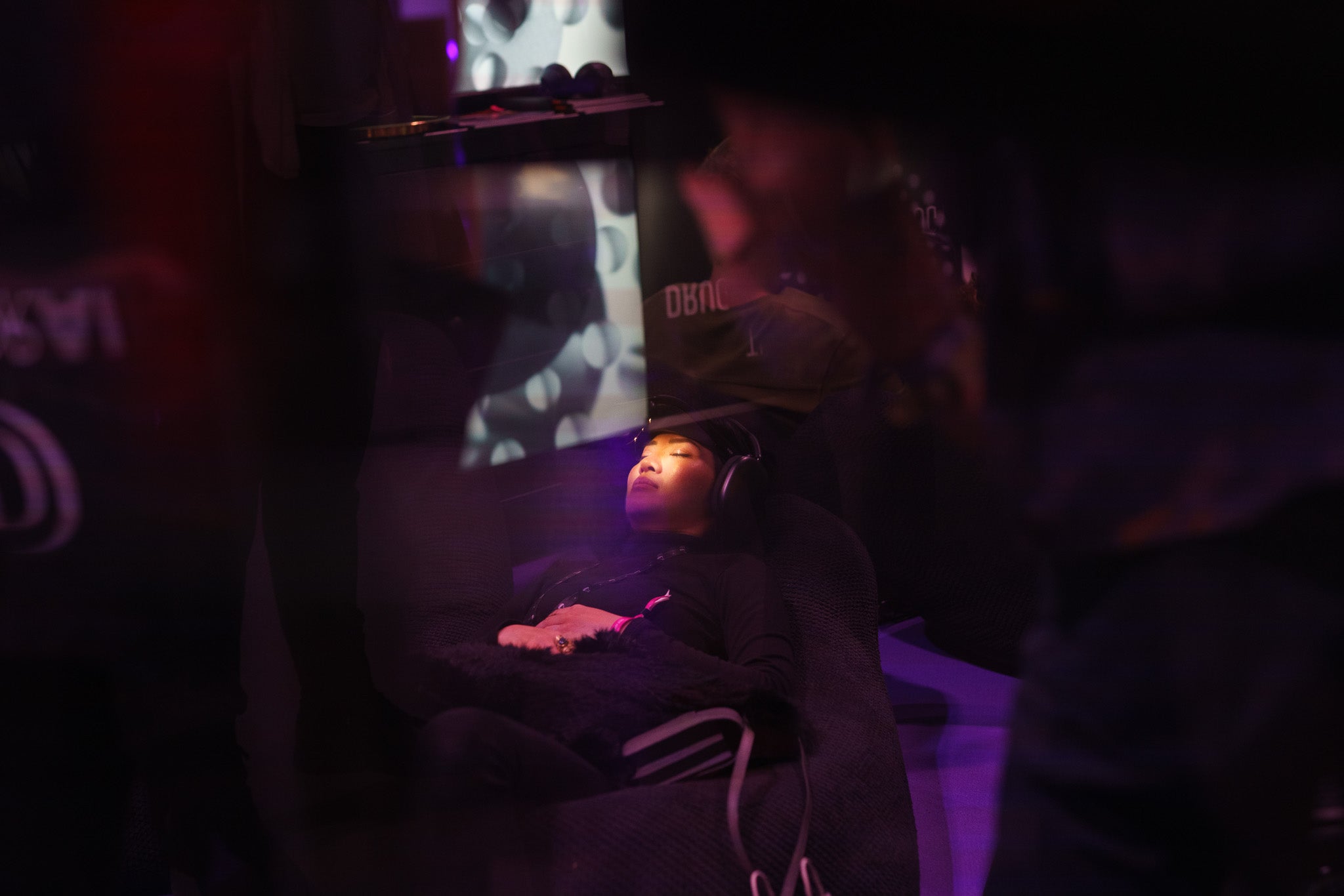

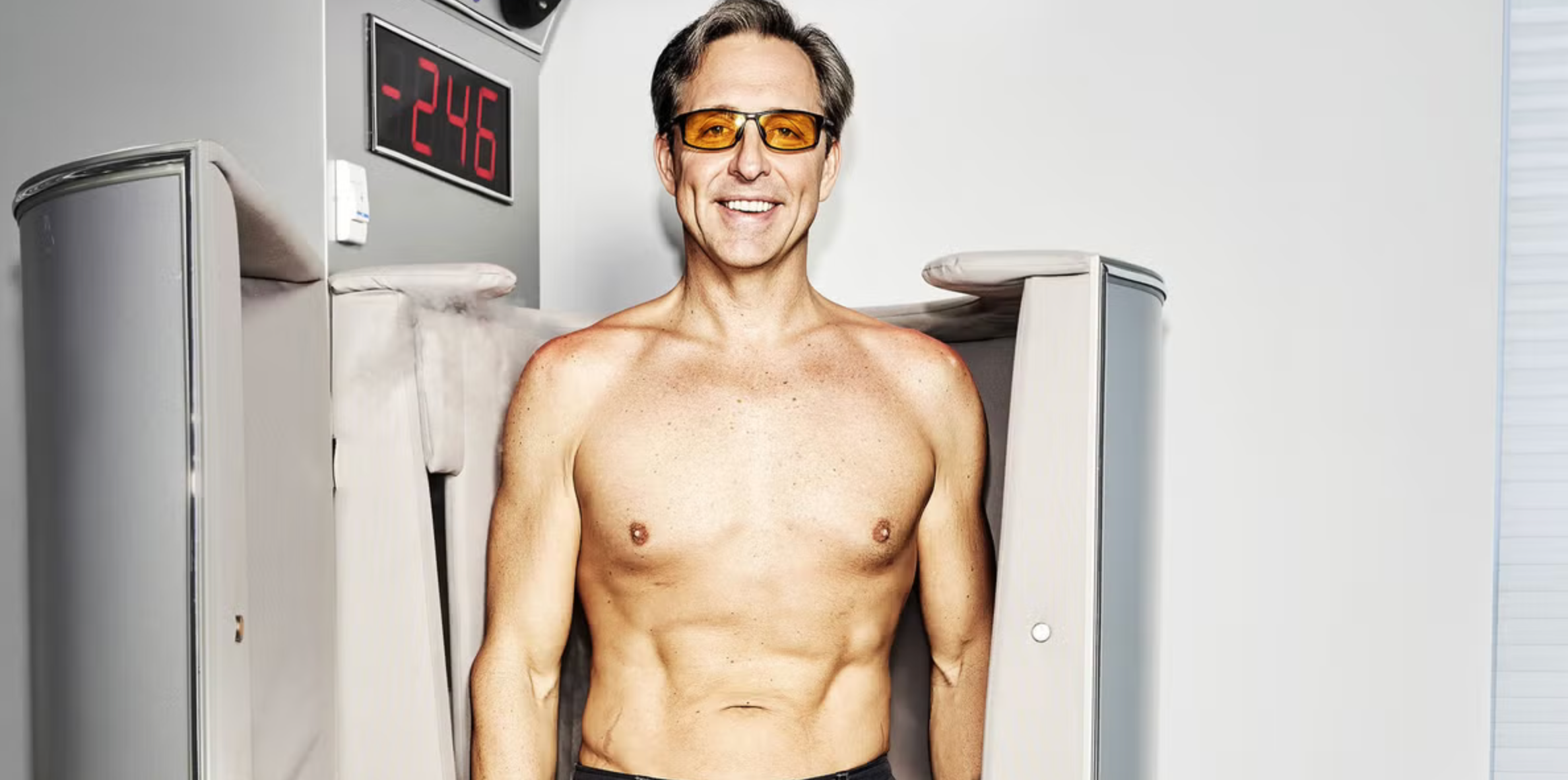


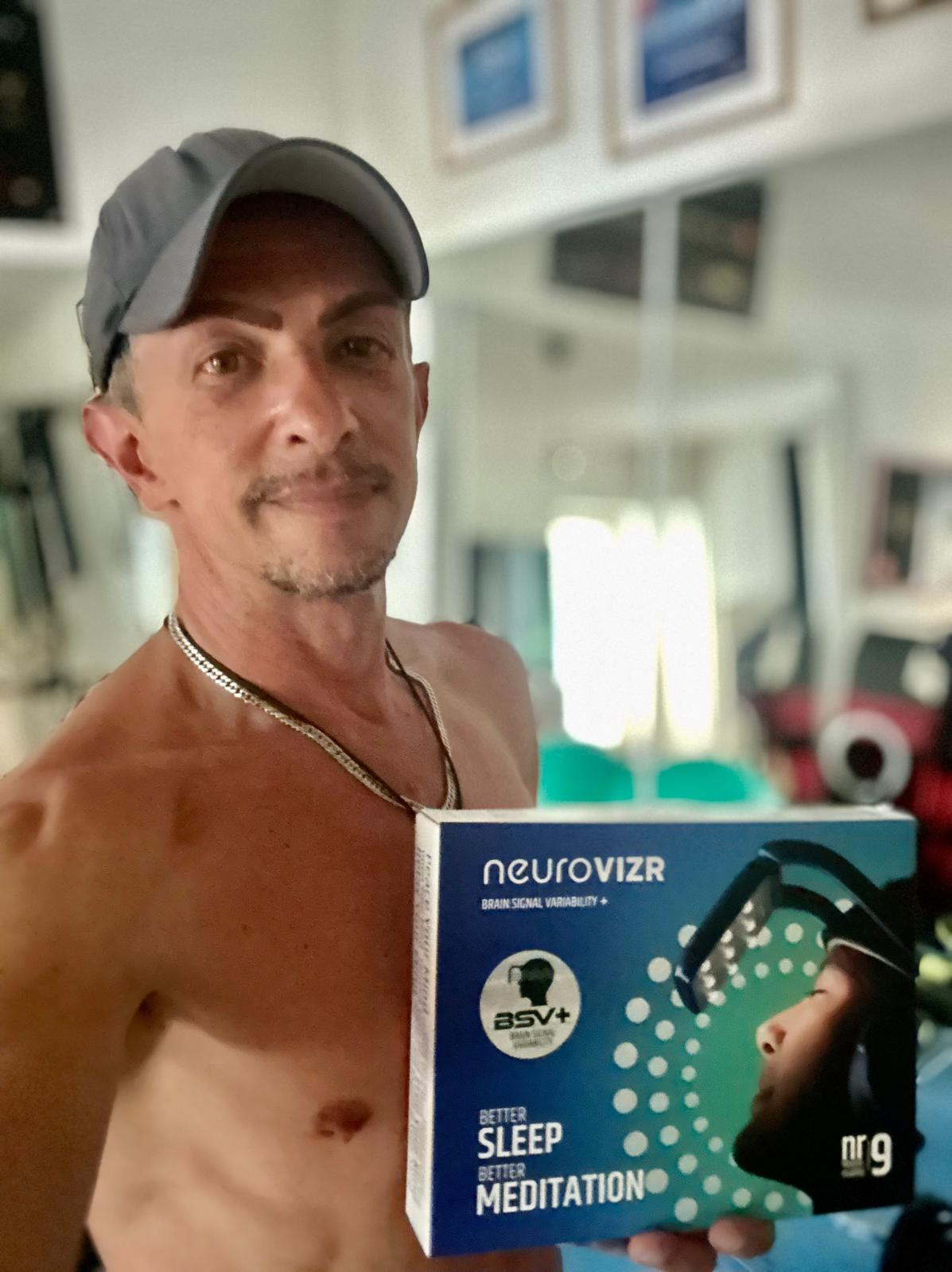
Share:
Sleep and Ageing: How to Improve Sleep Quality in Older Adults
Sleep Experience in Our Elder Population